The Philodendron Pink Princess is a rare and sought-after indoor plant, known for its lush green leaves speckled with an alluring shade of pink. Originating from South America, this unique variety of Philodendron erubescens is a must-have for plant enthusiasts and collectors alike.
Why are Pink Princess Philodendrons so expensive? The demand for this show-stopping plant has skyrocketed, making Pink Princess Philodendrons hard to come by and contributing to their high cost. Large Pink Princess Philodendrons are the perfect addition to any room, just be prepared to spend a little extra for these magnificent specimens.
Whether you're in the market to buy a Pink Princess Philodendron plant or Pink Princess Philodendron seeds, you're sure to fall in love with this captivating species. Philodendron Pink Princess vs Pink Congo The Pink Princess is often compared to the Pink Congo, another stunning variety of Philodendron. However, the Pink Princess is characterized by its more pronounced pink speckling, while the Pink Congo has more of a pink tint to its leaves, which is debated to be synthetically injected with pink ink. Buyers may want to be extra cautious when purchasing a Philodendron Pink Princess disguised as a fake Pink Congo.
* You will receive ONE (1) 4" plant in nursery pot, unless stated otherwise. Refer to our FAQ for more information.
Philodendron Pink Princess Care
Ensure that the soil stays moist but not waterlogged. Let the soil dry slightly in between watering. Water your Philodendron Pink Princess every 3 - 7 days or when the top 2 - 3" of the top soil is dry.
This plant thrives in bright, indirect light and is best suited for west-facing windows. However, be sure not to place the Philodendron Pink Princess too close to the window or in direct sunlight as it might burn the pink foliage on its leaves. The higher the variegation of pink leaves, the easier it is for the leaves to be burnt by sunlight.
Temperature
The Pink Princess prefers warm temperatures between 60°F and 75°F.
Humidity
High humidity levels are ideal for the Philodendron Pink Princess.
Toxicity
The Philodendron Pink Princess is a toxic to cats, dogs and children, potentially deadly plant that can cause dermatitis and stomach upsets to those who come into contact with it. If your cats or dogs like to chew on plants, keep your Philodendron away from them because it is poisonous if they ingest the leaves.
Fertilizer
During the growing season, feed your Pink Princess once a month with a balanced liquid fertilizer. Fertilizer is not required from November to March.
Growth Rate
This plant grows at a moderate pace, reaching a maximum height of 5-7 feet indoors with proper support.
Pruning
When growing vertically like this type of vine does naturally - remember that it's best not too cut back on growth at all! Just make sure any dead leaves get removed so they don't cause clutter inside your container/hanging planter. If it is preferred to keep Tradescantia on its shorter side then regular pinching will be necessary for healthy growth and preventing long vines from developing!
Propagation
Propagating is a cost-effective way to grow more of these enchanting plants. You can propagate your Pink Princess through stem cuttings, either rooting in water or soil. Learning how to grow your Pink Princess is a doable task. You can purchase a Pink Princess Philodendron plant or Pink Princess Philodendron seeds, or even a Pink Princess Philodendron cutting tool online.
Soil Mix
Use a well-draining
Philodendron Pink Princess

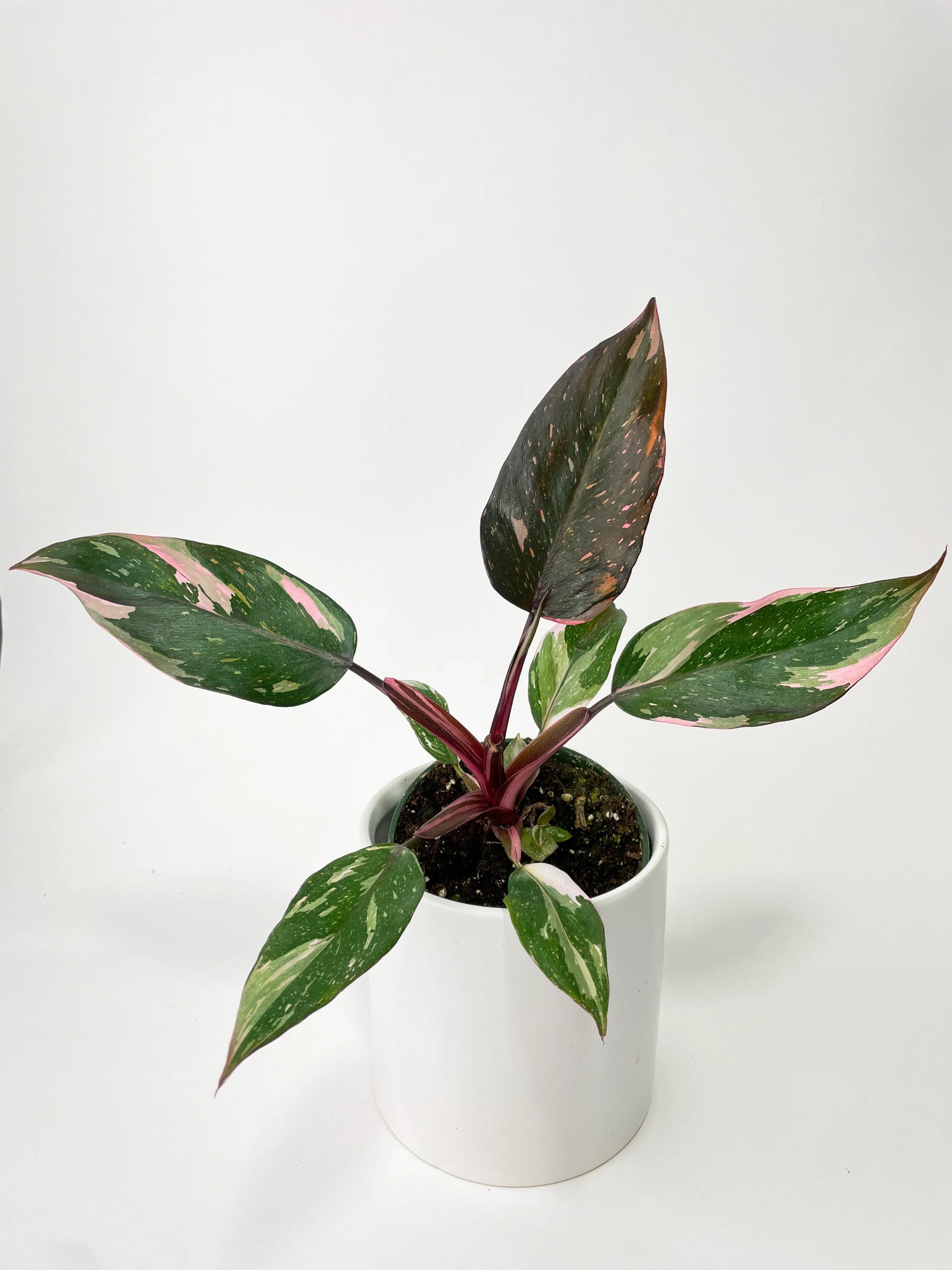
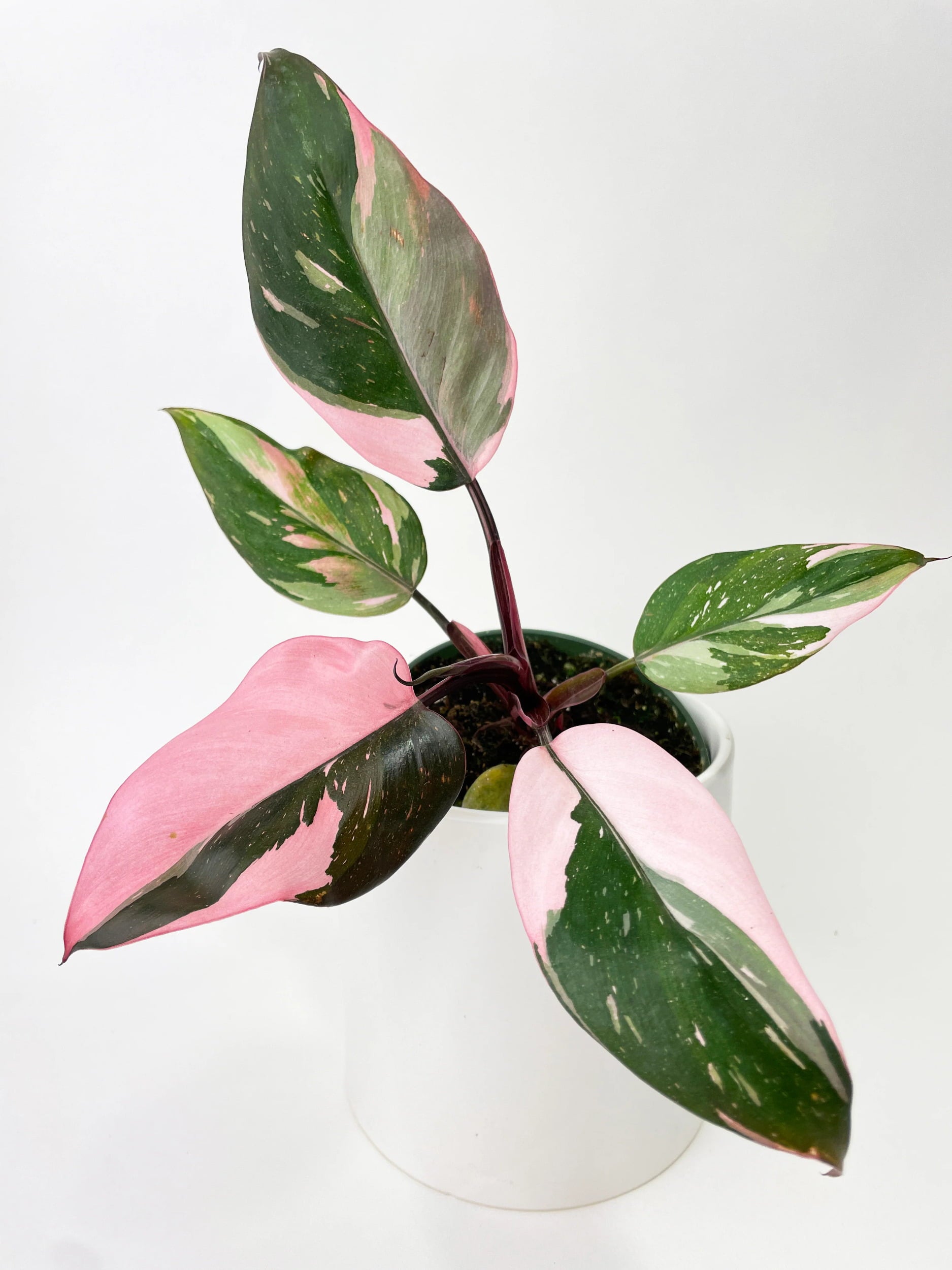
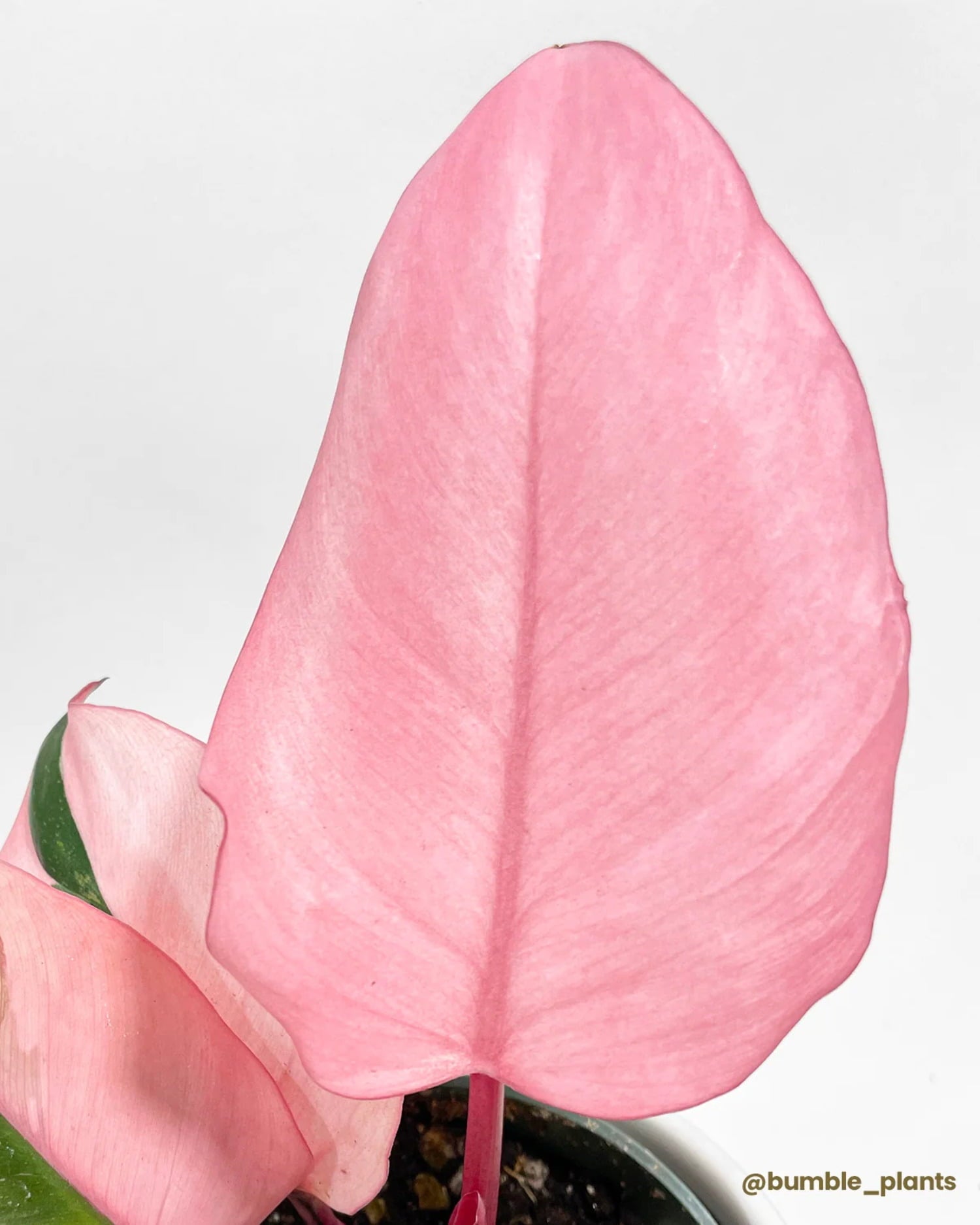
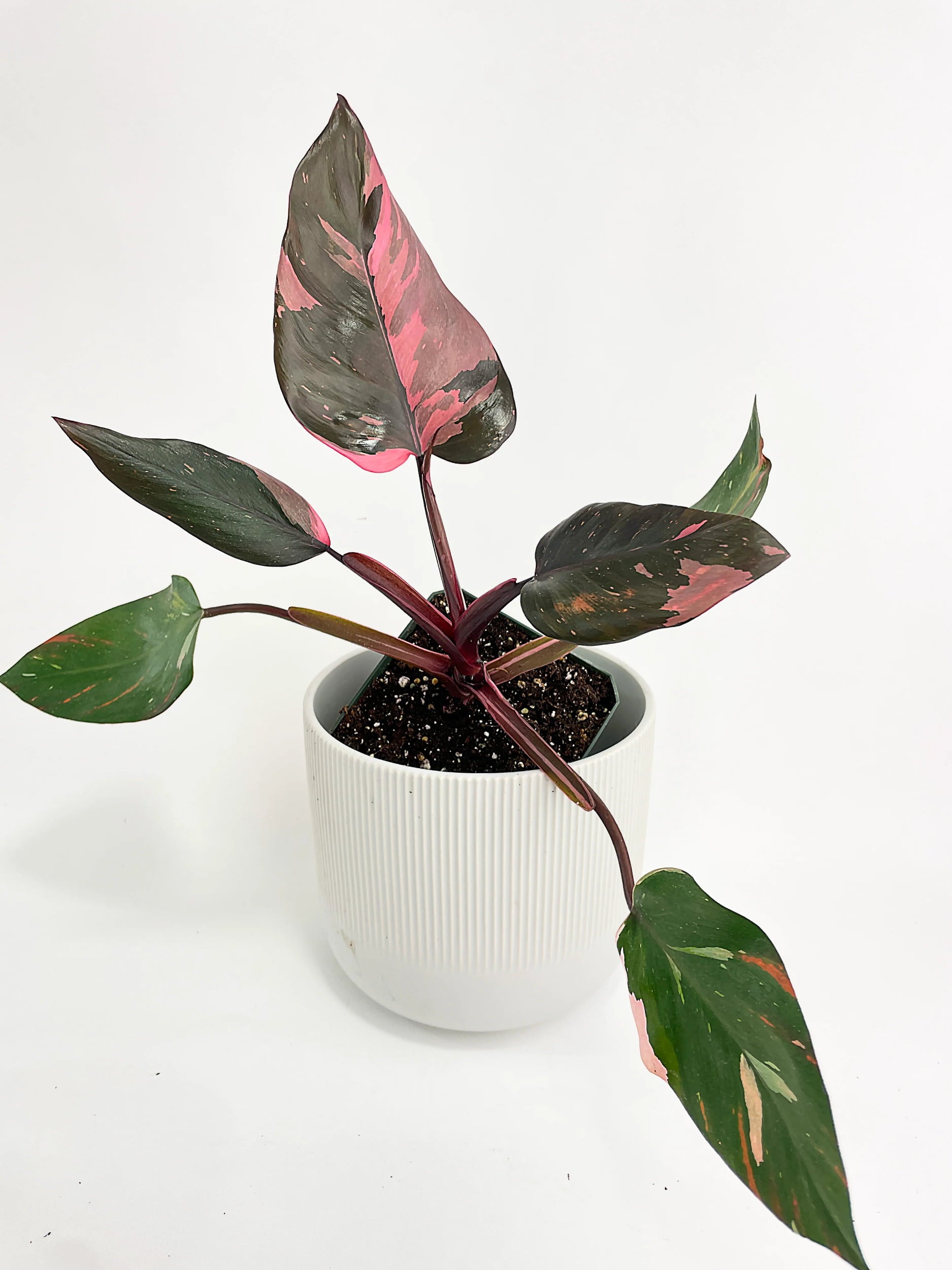
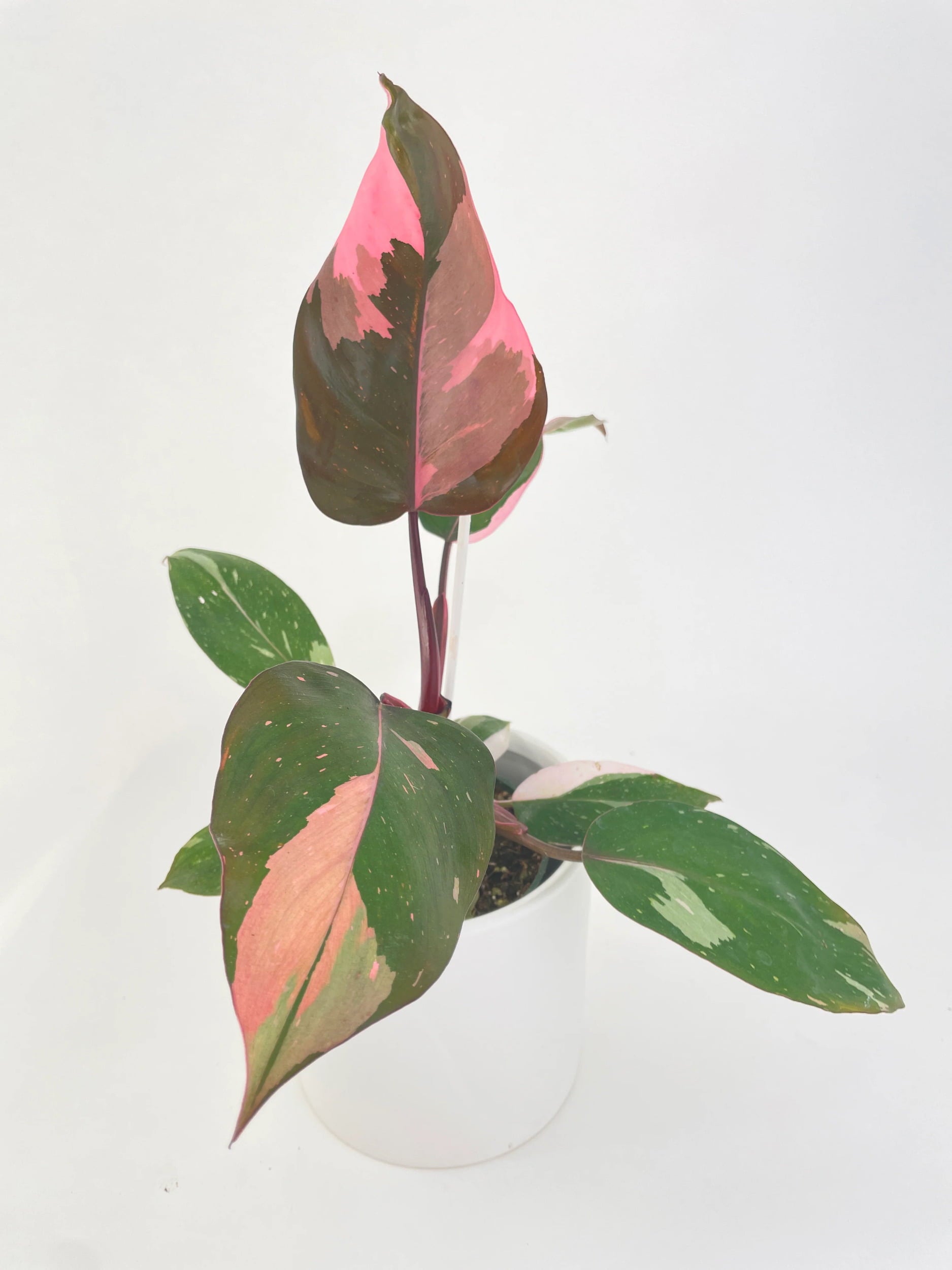
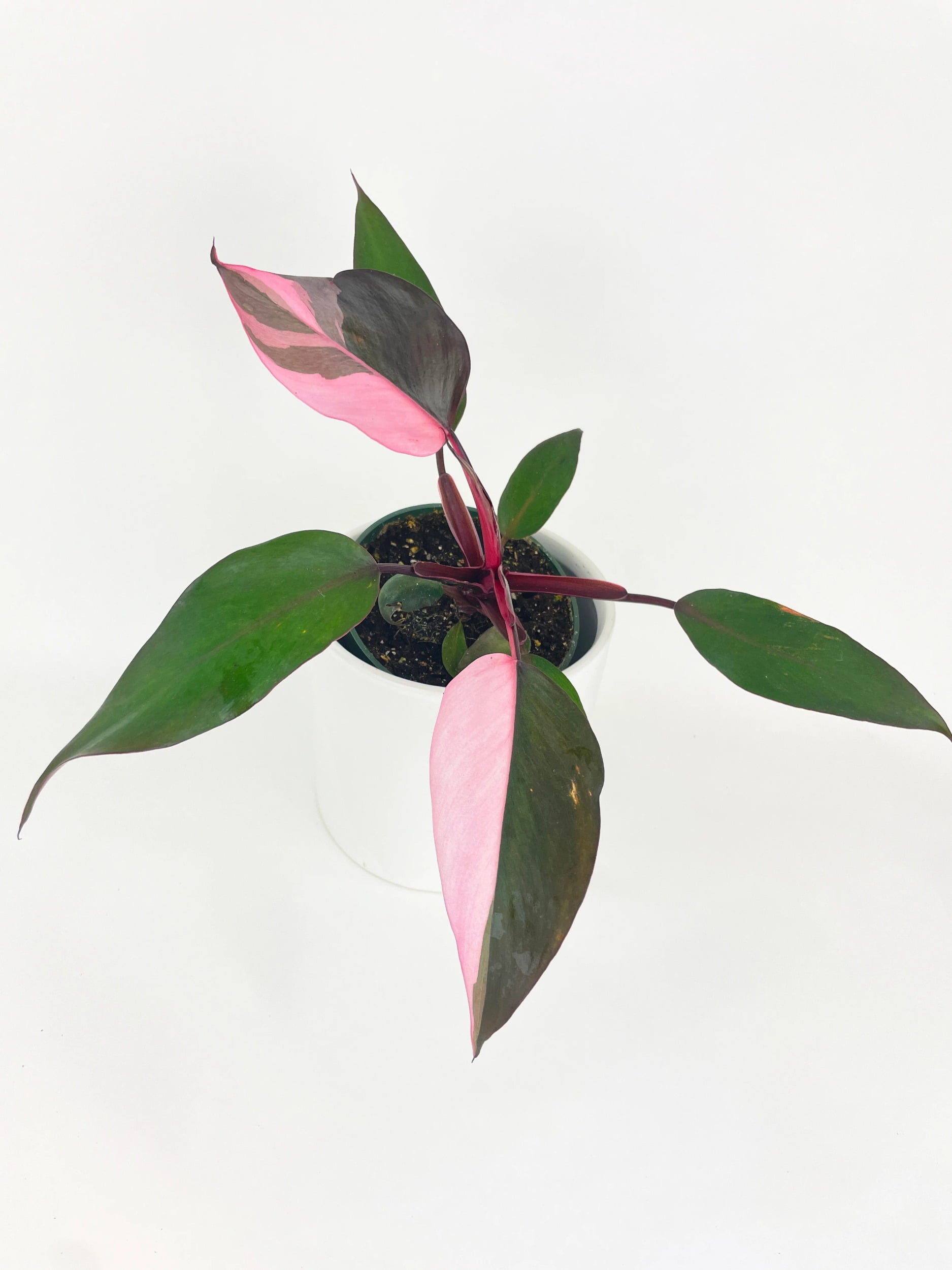
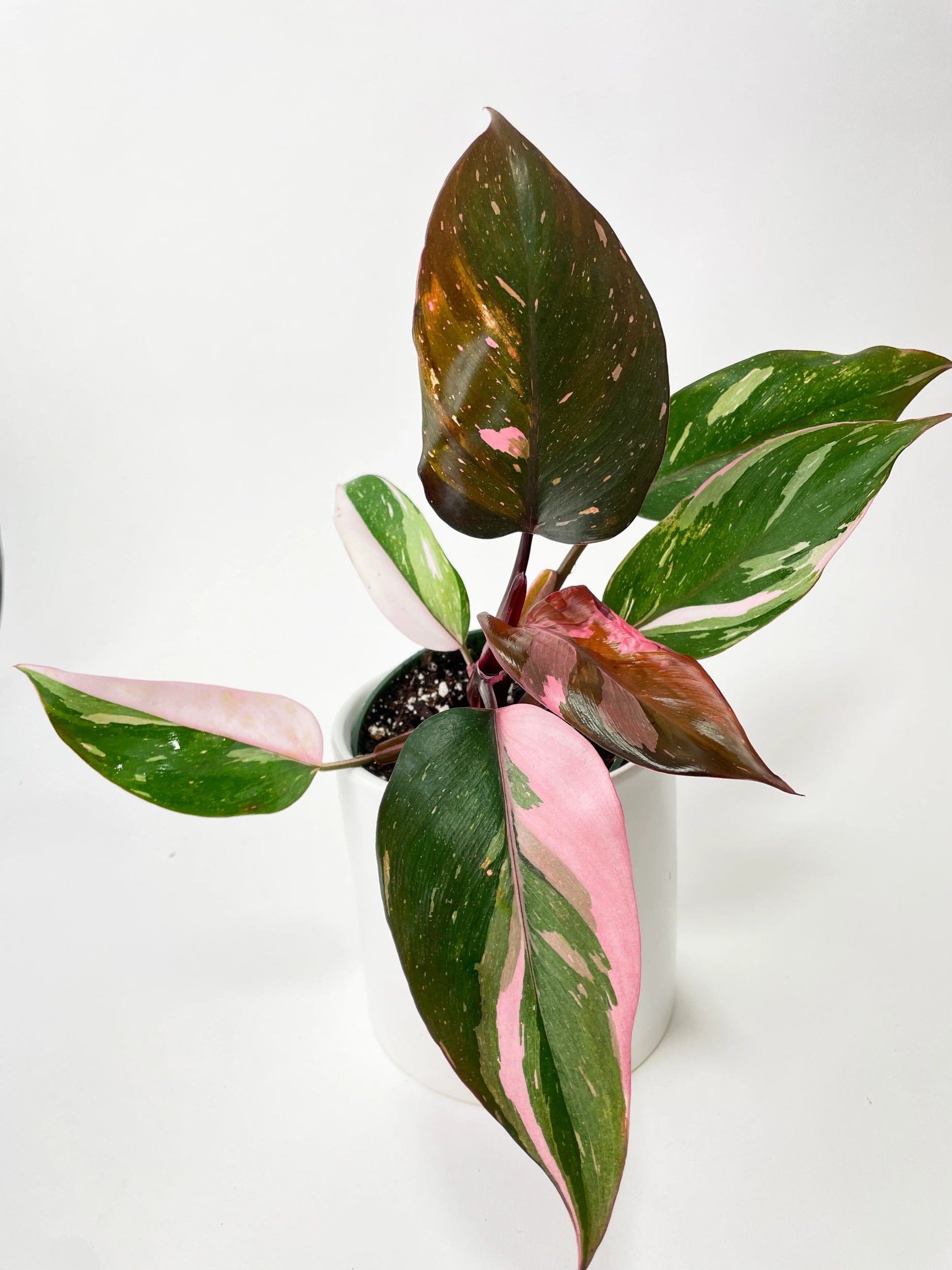
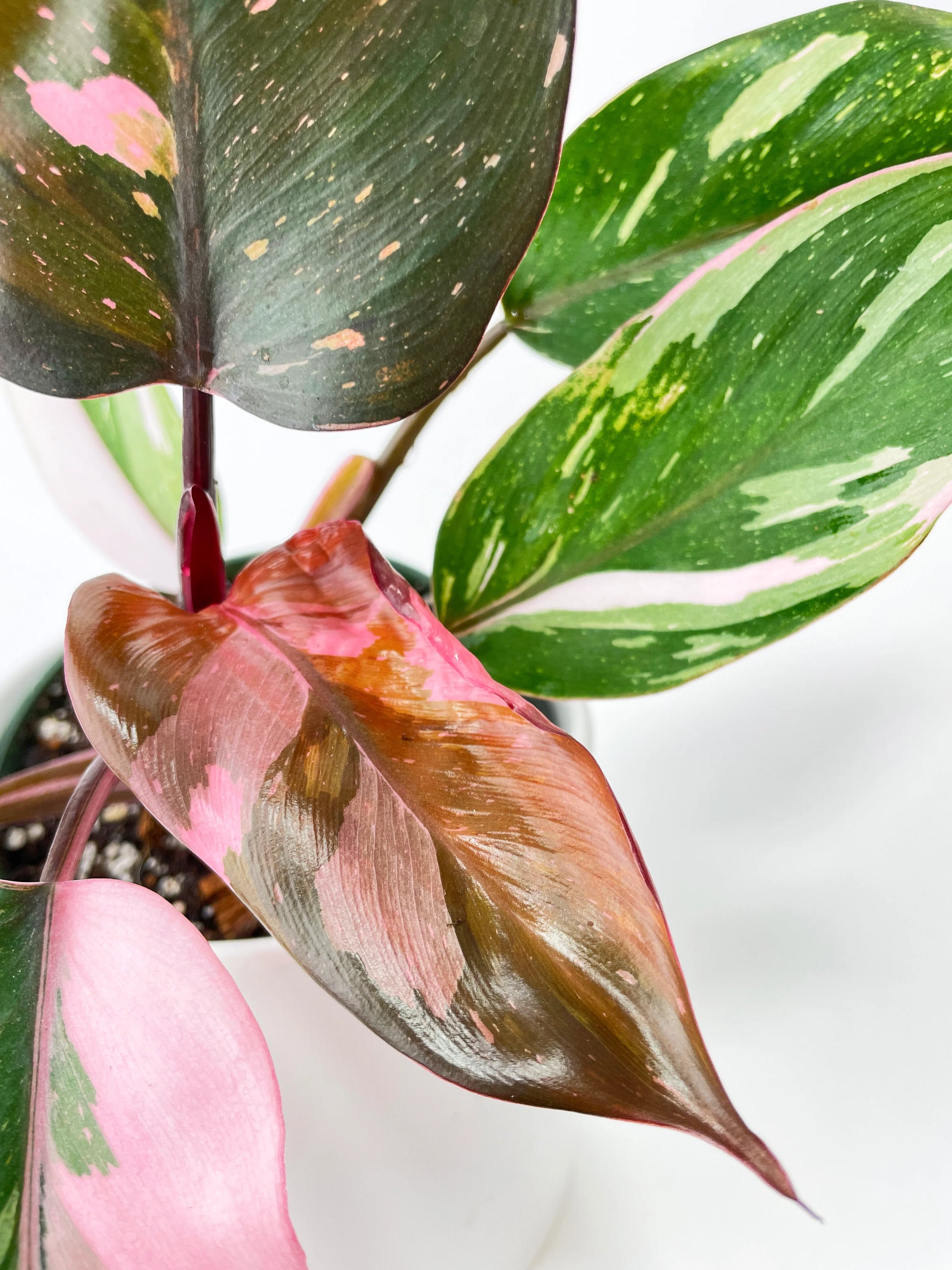
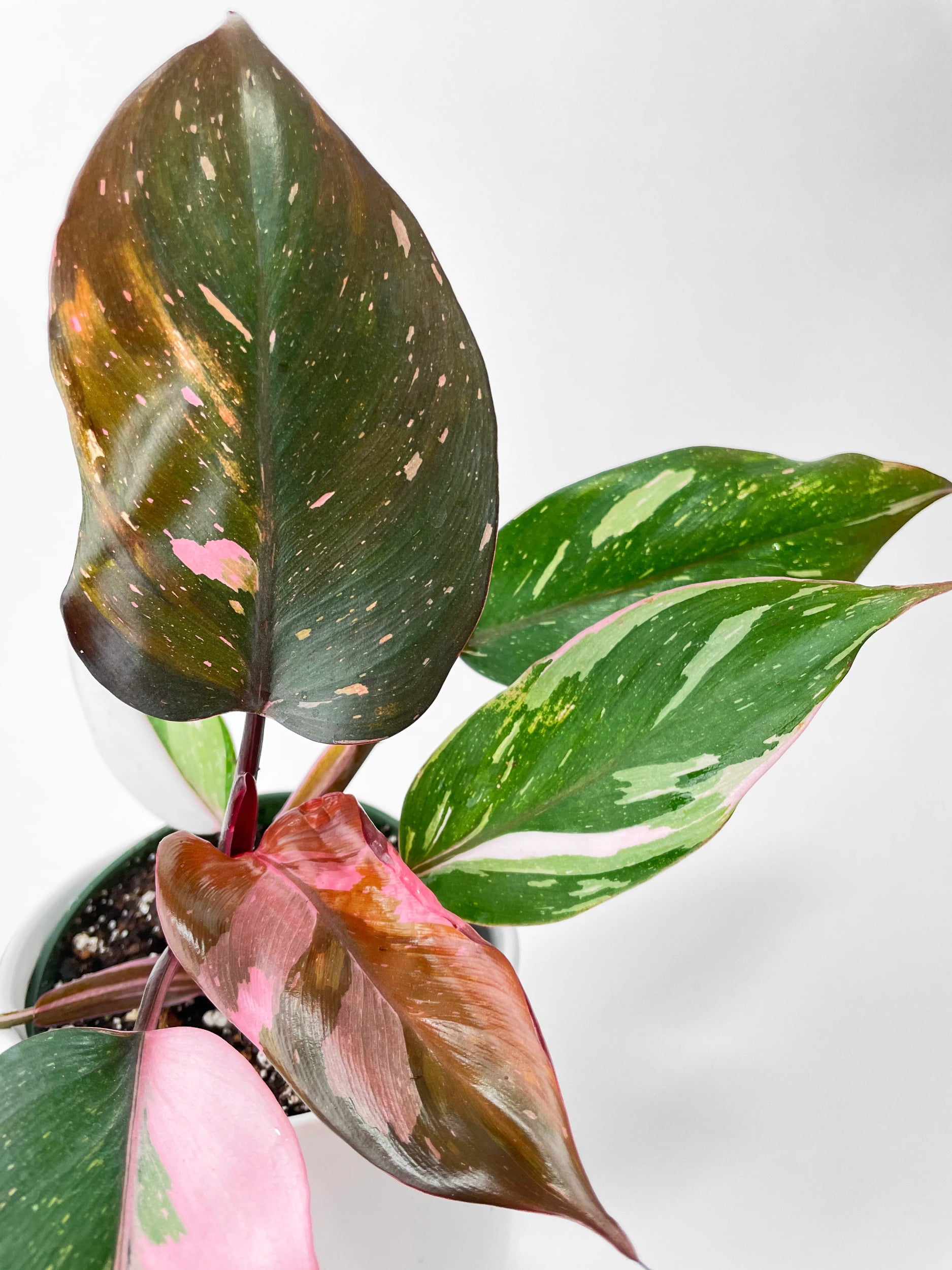
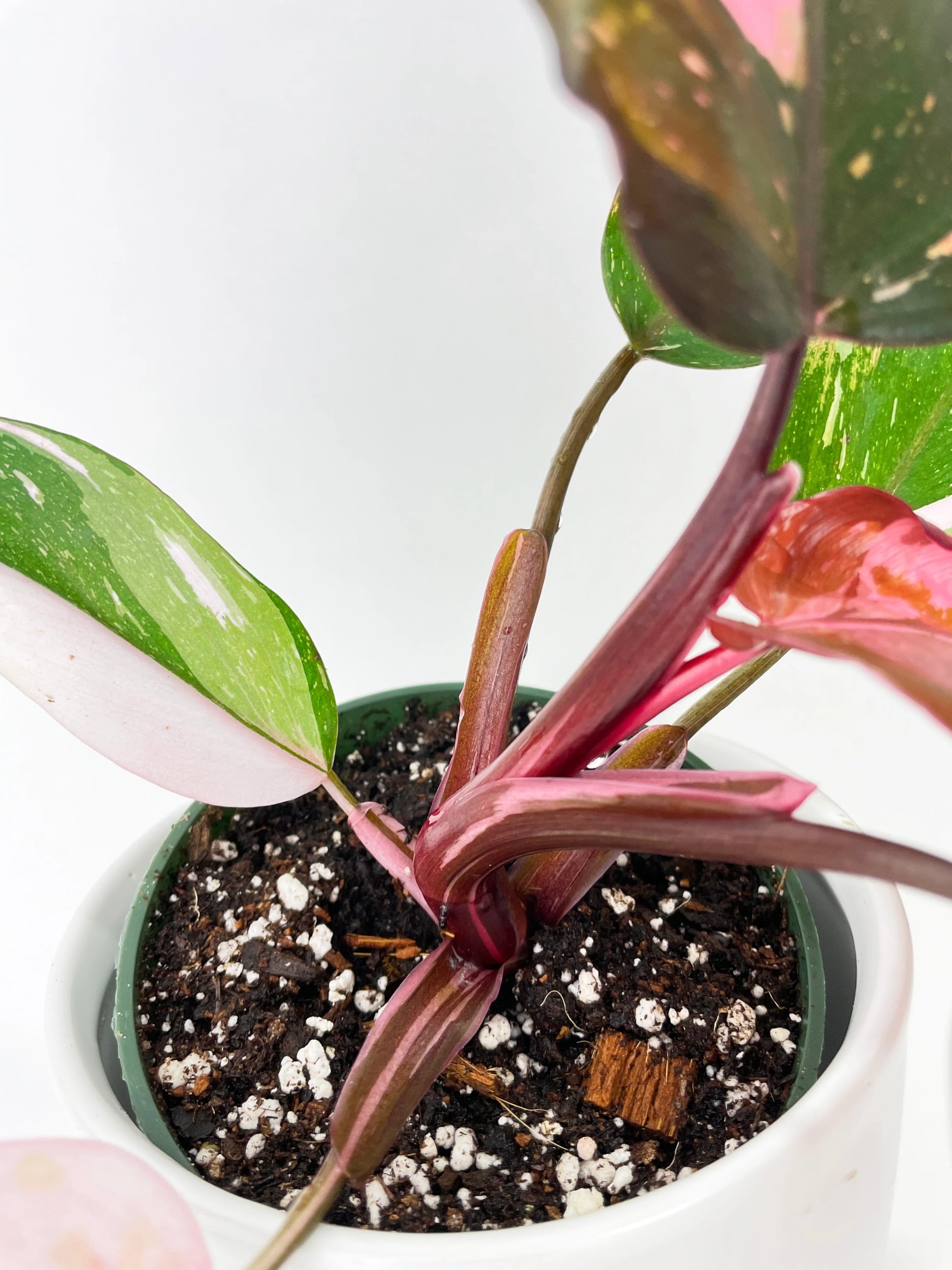
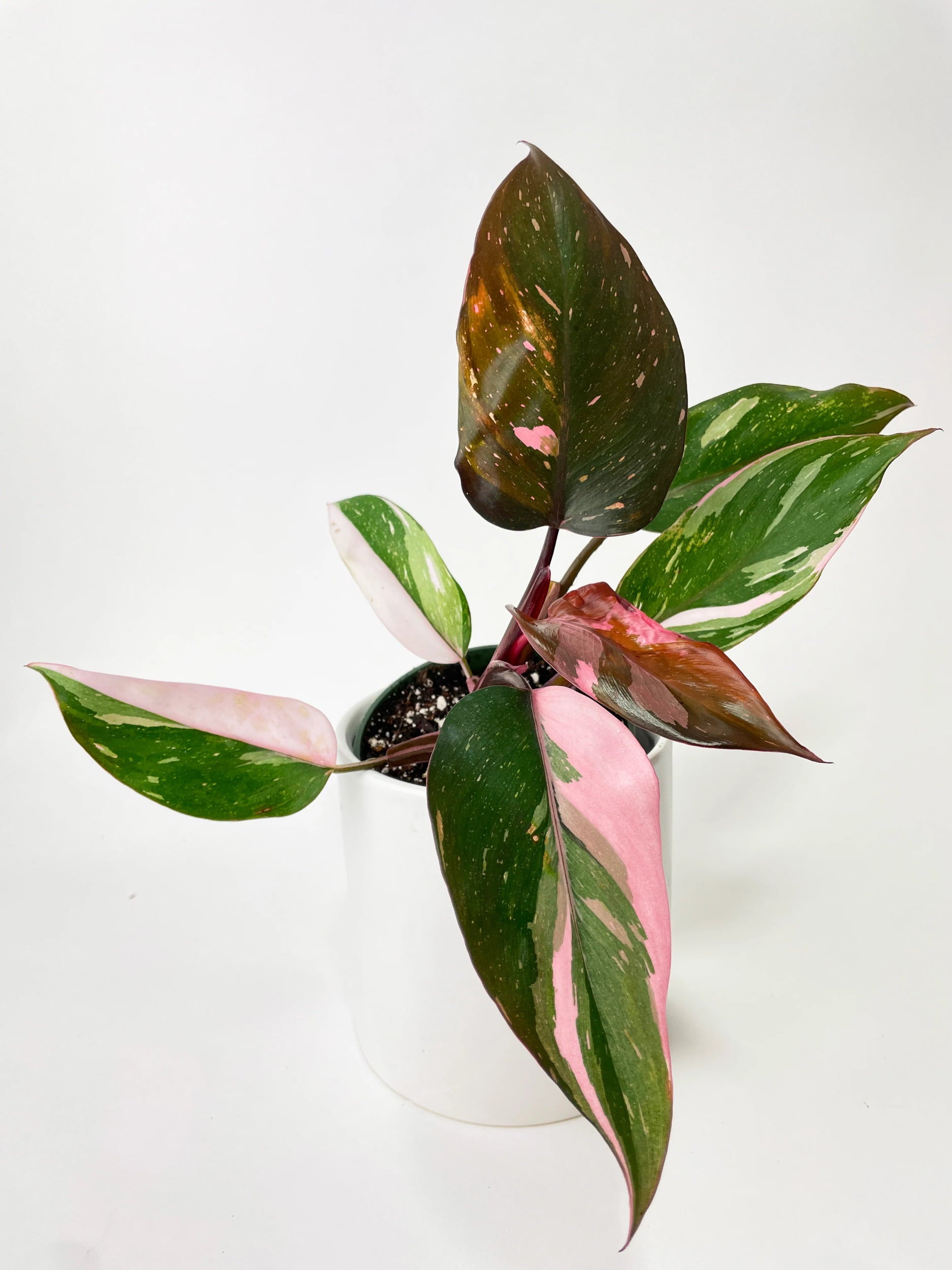

Comment